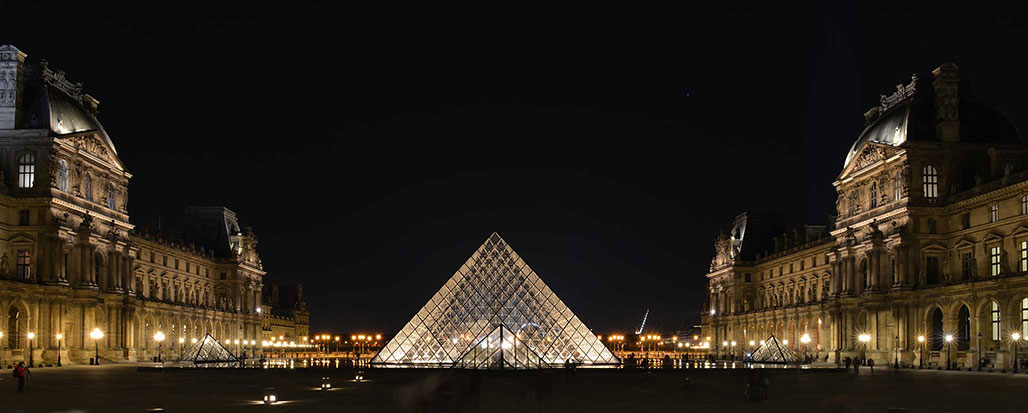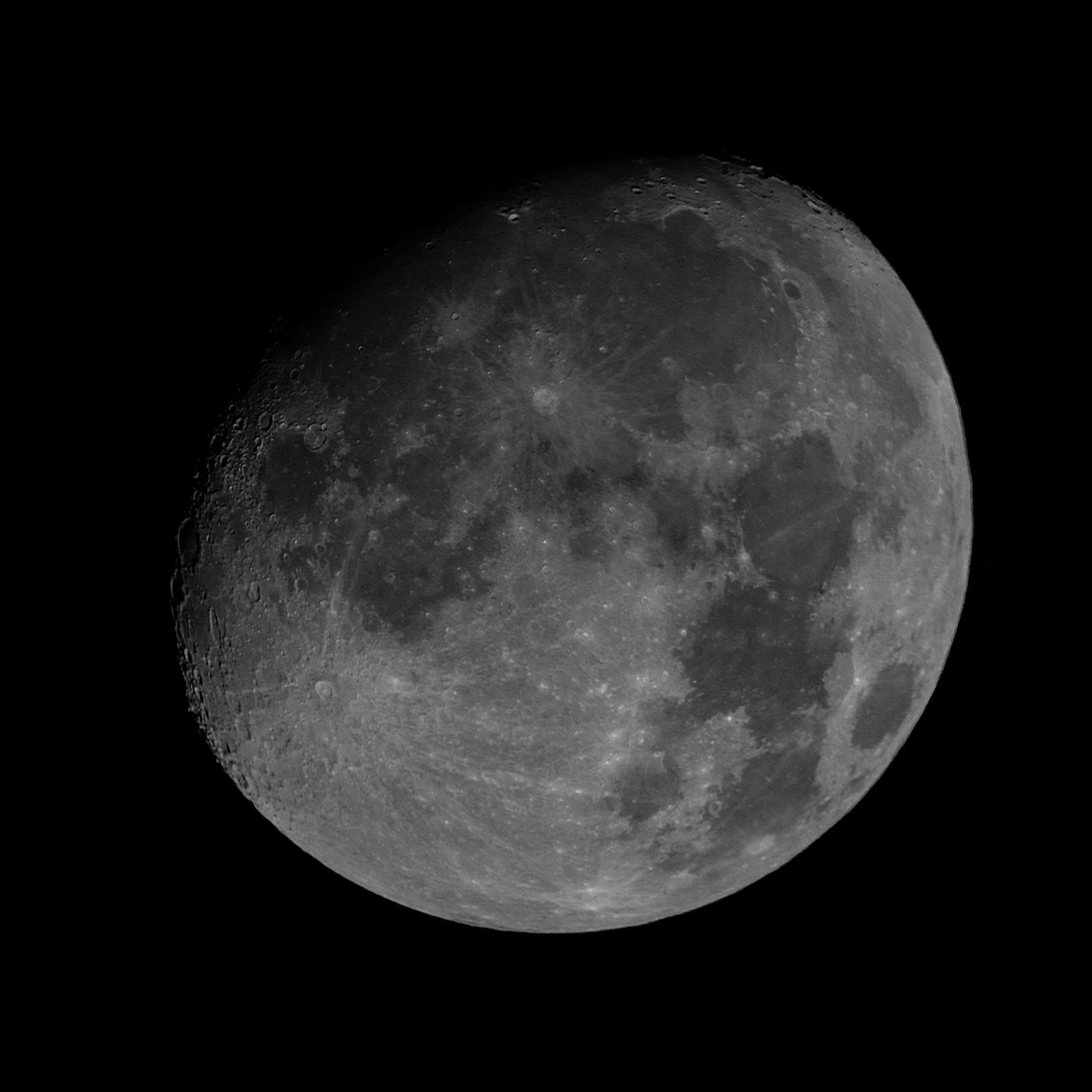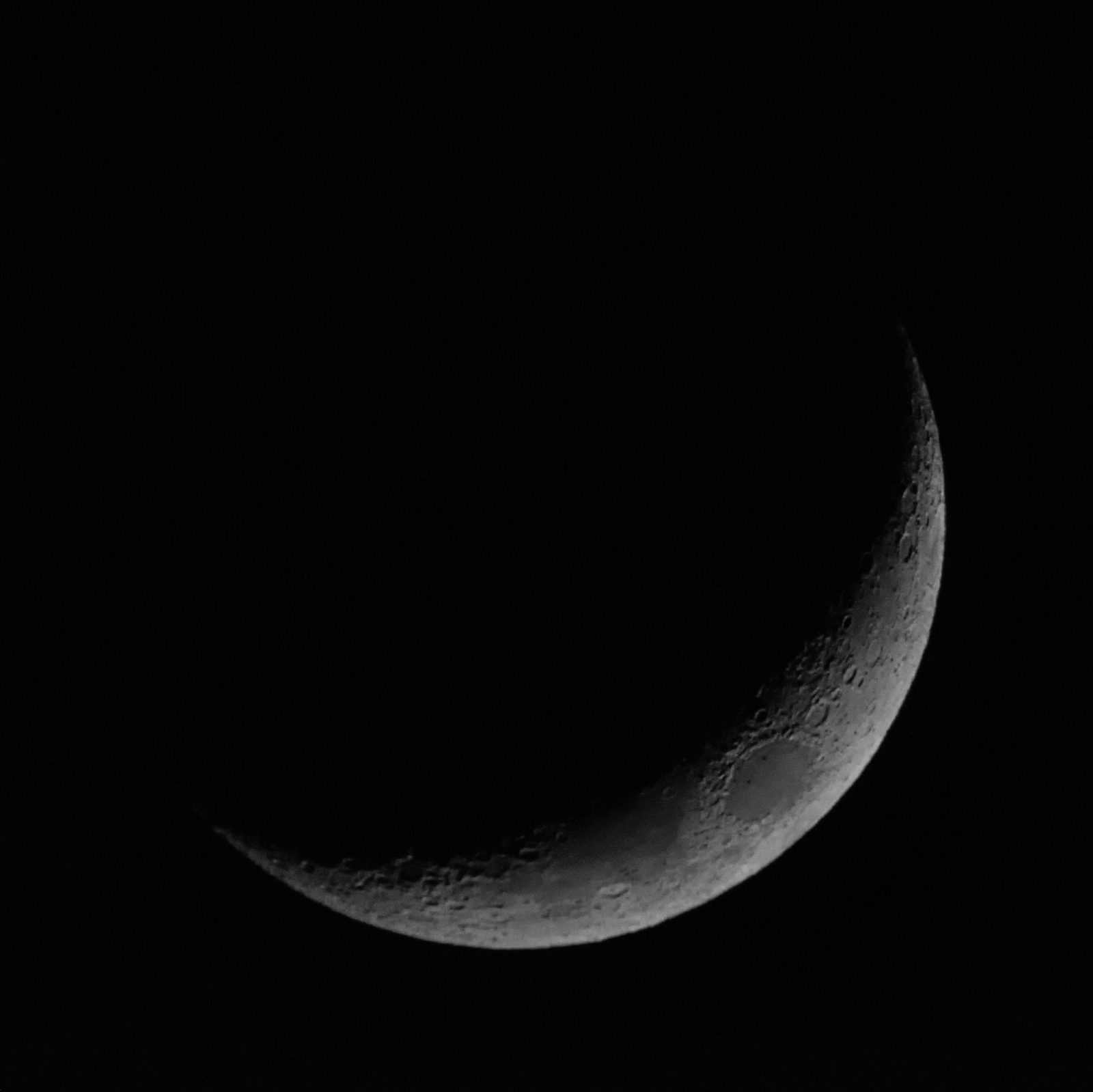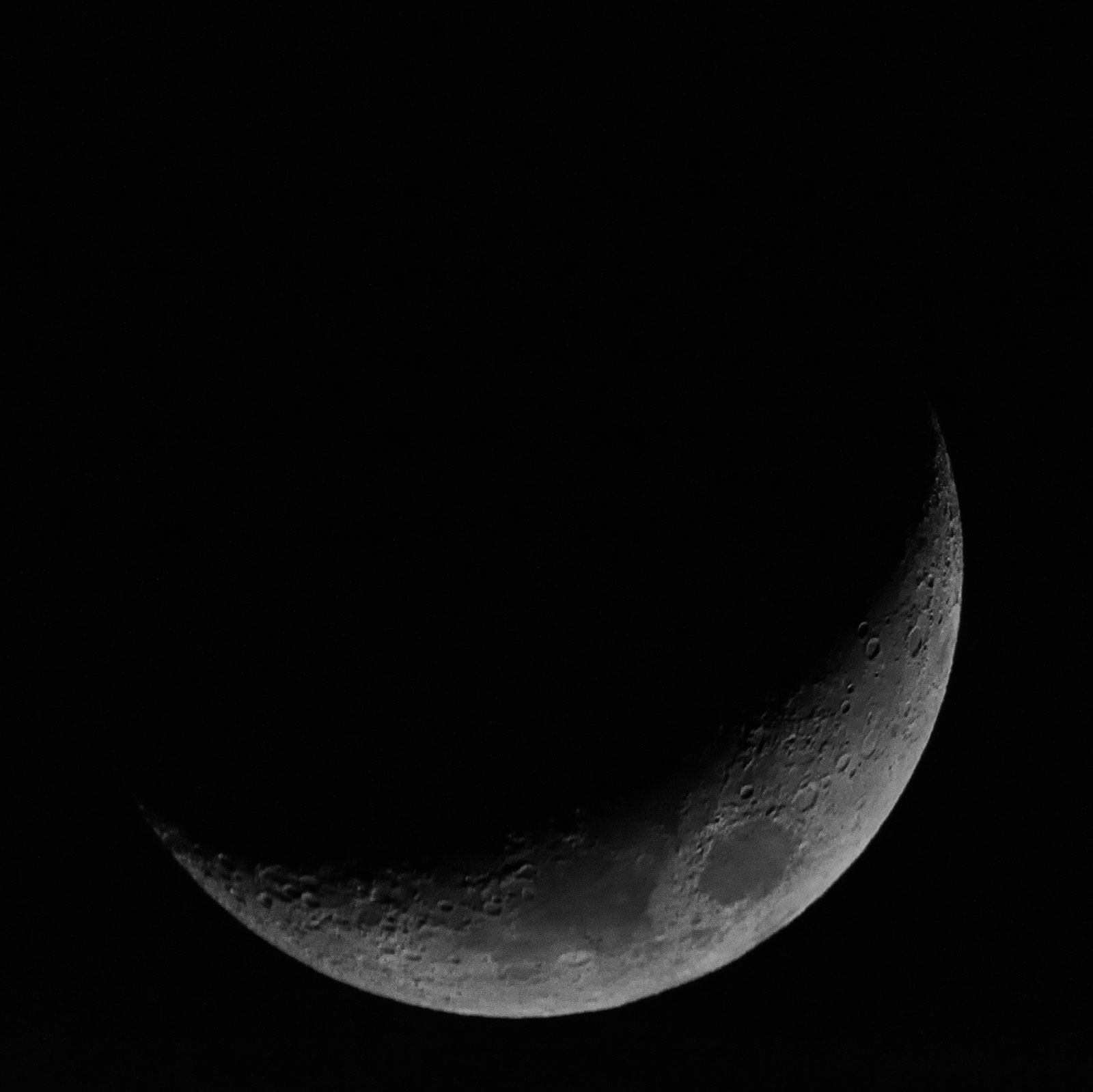
Today, the moon rose at 9:25 AM. It will set shortly after midnight at 12:32 AM.

Last night, I took a photo of the crescent moon and Venus, the bright spot in the bottom right of the photo.


Today, the moon rose at 9:25 AM. It will set shortly after midnight at 12:32 AM.

Last night, I took a photo of the crescent moon and Venus, the bright spot in the bottom right of the photo.

Waxing Gibbous Moon taken on the morning of April 4, 2020 with 72% illumination.

Waxing Gibbous Moon 62% illuminated on April 2, 2020. Used camera lens instead of telescope this time.

First Quarter Moon with 51% illumination. The full moon will arrive in a week on April 8, 2020.

The last few nights have been overcast. I was able to see the Full Worm Moon this morning before sunrise. It soon descended into a low bank of clouds and disappeared.

Took a morning photo of the last quarter moon with 55% illumination. I used a Nikon AF-S Nikkor 28-300mm f/3.5-5.6G ED VR lens for this photo, so the moon was “smaller” than usual. At the 300mm focal length, I can still see the craters quite clearly and even the slow f/5.6 aperture is still two full stops faster than the f/11 aperture when using the telescope.
The focusing ring of the lens was adequate. It got the job done, but didn’t feel smooth and precise. However, I found it easier to focus using the camera lens because any minute vibration when using the telescope would send the image on the back of the camera oscillating.


Two moons taken about a week apart. The top is a 82% illuminated waxing gibbous moon. ISO 1600 at 1/1,250s. The bottom is a 12% illuminated waxing crescent moon. ISO 1600 at 1/1,000s.
The crescent moon is actually quite dim so I had to adjust the exposure in post-processing more. The waxing gibbous moon was approaching a full moon in a few days. This is better than a full moon because where the light drops off, the craters are more visible.

On the night after the Wolf Moon, the moon entered the waning gibbous phase with a 99% illumination. You can see the craters on the right edge of the moon.

Since I recently watched First Man, I decided to track down the Apollo 11 landing site. The rocket ? emoji is where Neil Armstrong took the giant leap for mankind.

Caught a setting 23.4% waxing crescent moon as it was descending towards the horizon.

Headed out to see the crescent moon this evening. Fortunately, I was able to locate it on the telescope even though the EZ Finder II was out of batteries. Again. That really needs an auto-off function.